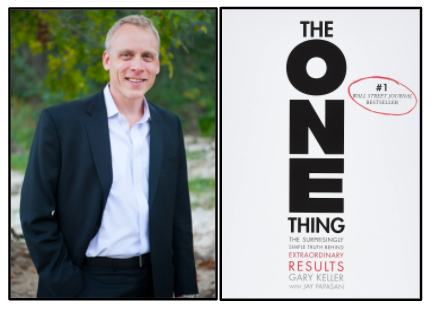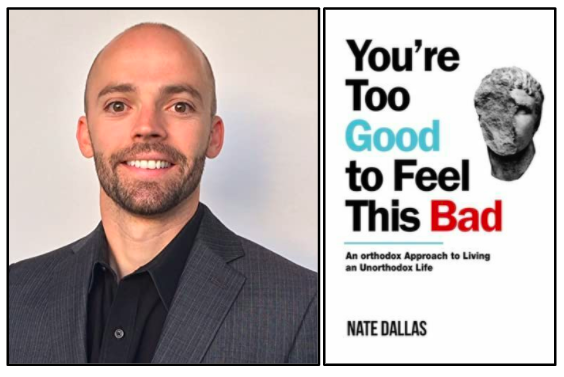Published in 1967, Peter Drucker’s book The Effective Executive still holds many management lessons that can be applied today, 50 years later.
Here are 10 tips to help you become The Effective Executive.
1. Effectiveness Is a Skill
“I have not come across a single “natural”: an executive who was born effective. All the effective ones have had to learn to be effective. And all of them then had to practice effectiveness until it became habit” (Preface pg 1).
From the first page, Drucker lets the reader know that effectiveness is a skill. It is not an innate ability; effectiveness can be learned if a person dedicates their time and energy to practice it.
2. Do What Needs to Be Done
“The first practice is to ask what needs to be done. Note that the question is not “What do I want to do?” Asking what has to be done and taking the question seriously, is crucial for managerial success” (Introduction pg XII).
It’s great to get a lot of things done at work but it’s more important to get the right things done. Sometimes the most important thing isn’t the most exciting or pleasant project. However, the effective executive identifies what needs to be done and gets to work on the task.
3. Ask What Must Be Done Now
“However, after completing the original top-priority task, the executive resets priorities rather than moving on to number two from the original list. He asks, “What must be done now?”” (Introduction pg XIII).
After completing the first project that needs to be done, it is important to look at your list of things to-do and asks yourself, if anything has changed. Perhaps the second most important thing is being handled by another employee or maybe there is a new major issue that needs to be taken care of right away. Identify what needs to be done, and ask what needs to be done now.
4. Focus on Opportunities
“Problem solving, however necessary, does not produce results. It prevents damage. Exploiting opportunities produces results” (Pg XVIII).
A good executive should focus on opportunities rather than problems. Problems, of course, must be taken care of, but it does not move the company or organization forward. Rather, it prevents it from moving backward. Unless there is a true catastrophe, the effective executive focuses on exploiting opportunities.
5. Know Thy Time
“If we rely on our memory, therefore, we do not know how time has been spent.[…] The effective executive therefore knows that to manage his time, he first has to know where it actually goes” (Pg 27).
The supply of time is totally inelastic. It can neither be stored nor bought. A manager once told me, “Time is our most precious resource, in fact, you can say it is our only resource.” A person must first record time before one can know where it goes and how to better manage it. The effective executive knows this and keeps a journal to record how they spend their time.
The Michael Jordan of Management, Peter Drucker.
6. Identify and Eliminate
“One has to find the nonproductive, time-wasting activities and get rid of them if one possibly can” (Pg 36).
Look at your time journal and identify where time is being wasted and on what tasks. Then, either eliminate. If you don’t have the time to finish homework every week but you find time to watch TV for two hours a day, cut out watching TV. Other time-wasting activities can include checking your phone or email every five minutes or constantly checking social media. If the things you’re doing aren’t contributing to accomplishing the tasks on your list, eliminate it.
7. Change and Adapt
“The most common cause of executive failure is inability or unwillingness to change with the demands of a new position” (Pg 58).
A person who has been successful in one role but then keeps doing what they have done before they moved into a new role, is almost certain to fail. Things are constantly changing. Whether it’s a change in a job position, a company or an industry. Change is the only constant. One must be willing to adapt and try to methods to find success.
8. Have Effective Meetings
“Effective executives know what they expect to get out of a meeting” (Pg 69).
Before putting together, a meeting, report or presentation ask what the purpose of it is. Is there a decision that needs to be made, or perhaps a project needs to be outlined? Insist that the meeting has a purpose before the meeting is called and at the end of the meeting identify is the purpose has been achieved or if further steps are needed.
9. Concentration is Key
“If there is any one “secret” of effectiveness, it is concentration. Effective executives do first things first and they do one thing at a time” (Pg 100).
The most important tasks are usually large and long projects that require a long stretch of time. It is easy to get distracted with small quick tasks that make one feel busy but in fact accomplishes very little. The effective executive has self-discipline and says “No” to unrelated activities. One must concentrate and stay focused on the task at hand.
10. Understand Then Decide
“The executive who wants to make the right decision forces himself to see opposition as his means to think through the alternatives” (Pg 155).
No matter how certain one is of the other person being wrong, the effective executive takes time to understand the opposite opinion. This is a way of making sure all major aspects of an important matter have been assessed before a decision has been made.
Hopefully, these 10 lessons help you become a more effective executive.
If you're interested in learning more, click here for a link to the book.








